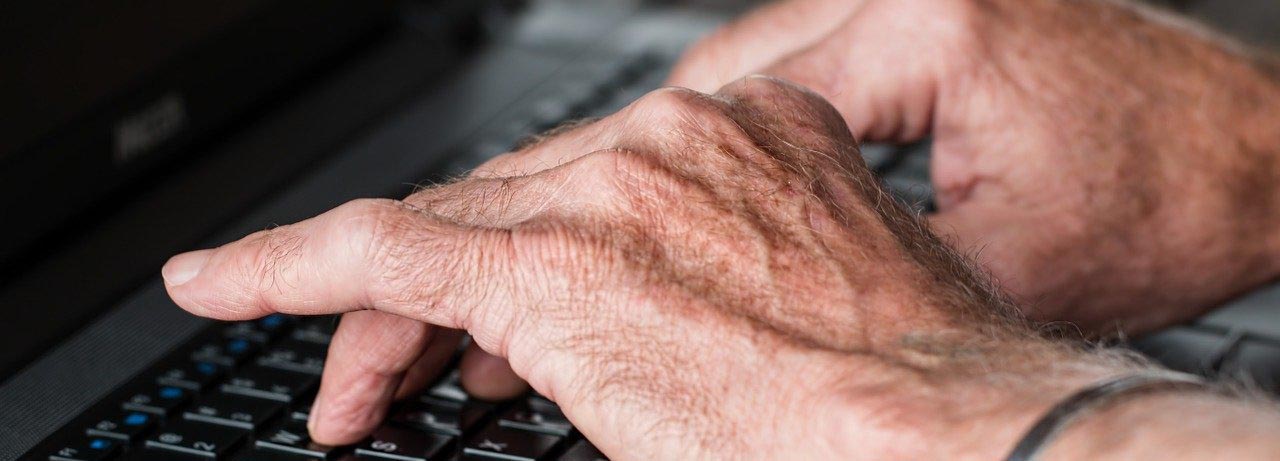Osteoarthritis is the most common type of arthritis in the UK, affecting over 10 million people. It most often develops in people in their mid-40s or older. It's also more common in women and people with a family history of the condition. But it can occur at any age as a result of an injury or be associated with other joint-related conditions, such as gout or rheumatoid arthritis. Osteoarthritis initially affects the smooth cartilage lining of the joint.
This makes movement more difficult than usual, leading to pain and stiffness. Once the cartilage lining starts to roughen and thin out, the tendons and ligaments have to work harder. This can cause swelling and the formation of bony spurs called osteophytes.
Severe loss of cartilage can lead to bone rubbing on bone, altering the shape of the joint and forcing the bones out of their normal position. If you would like further information on managing arthritis in a particular joint please see the specific conditions section of our website.
NHS England have produced a number of decision support tools, to aid in making decisions about health conditions. These provide evidence based information about the levels of treatment and the benefits and harms. Links to the tools for Knee and Hip OA can be found on the right hand side of this page.
There is also a video produced by Keele University which explains the purpose and content of the musculoskeletal decision support tools.
Versus Arthritis are a charity who aim to support those with arthritis, as well as supporting research into the condition and treatments. Their site has a lots of useful information and resources for people living with arthritis. Their booklet on Osteoarthritis can be found here.

